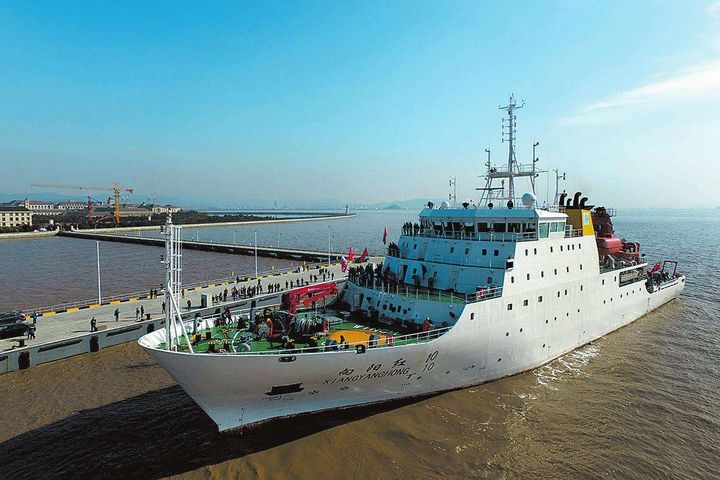 China's New Unmanned Submersible Will Explore Indian Ocean For First Time on Research Voyage
China's New Unmanned Submersible Will Explore Indian Ocean For First Time on Research Voyage(Yicai Global) Dec. 7 -- China will deploy the unmanned submersible, Qianlong-2, for the first time in the southwestern Indian Ocean as part of a research expedition to obtain environmental data related to polymetallic sulfide deposits.
The research vessel Xiangyanghong-10 set sail from Zhoushan in eastern China's Zhejiang province yesterday with the underwater glider Qianlong-2 on board, reported Xinhua News Agency.
Developed by Chinese Academy of Sciences' Shenyang Institute of Automation, Qianlong-2 will survey microtopography, water anomalies and magnetic forces during the 250-day expedition, covering 25,000 nautical miles.
Qianlong-2 allows for a longer operational range while using less energy, making it suitable for longer ocean expeditions.
The unmanned submersible, capable of diving to depths of 4,500 meters, can conduct sonar-based anti-collision control and carry out high-precision surveying of seabed terrain, said Li Bo, deputy director of the China Ocean Mineral Resource R&D Association's General Office.
The submersible will collect data related to temperature, salinity, dissolved oxygen and chlorophyll to allow technical preparation for its use at a depth of 4,500 meters in the future, said Tao Chunhui, the expedition's chief scientist.